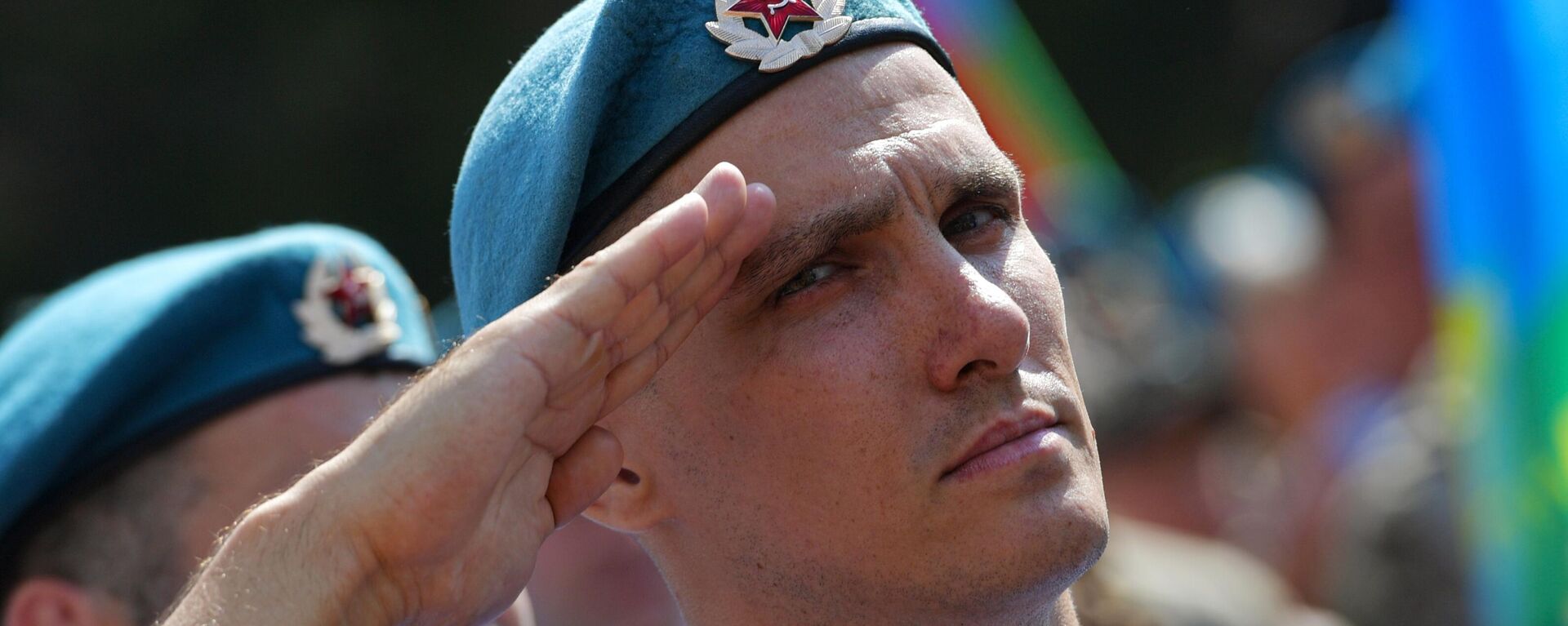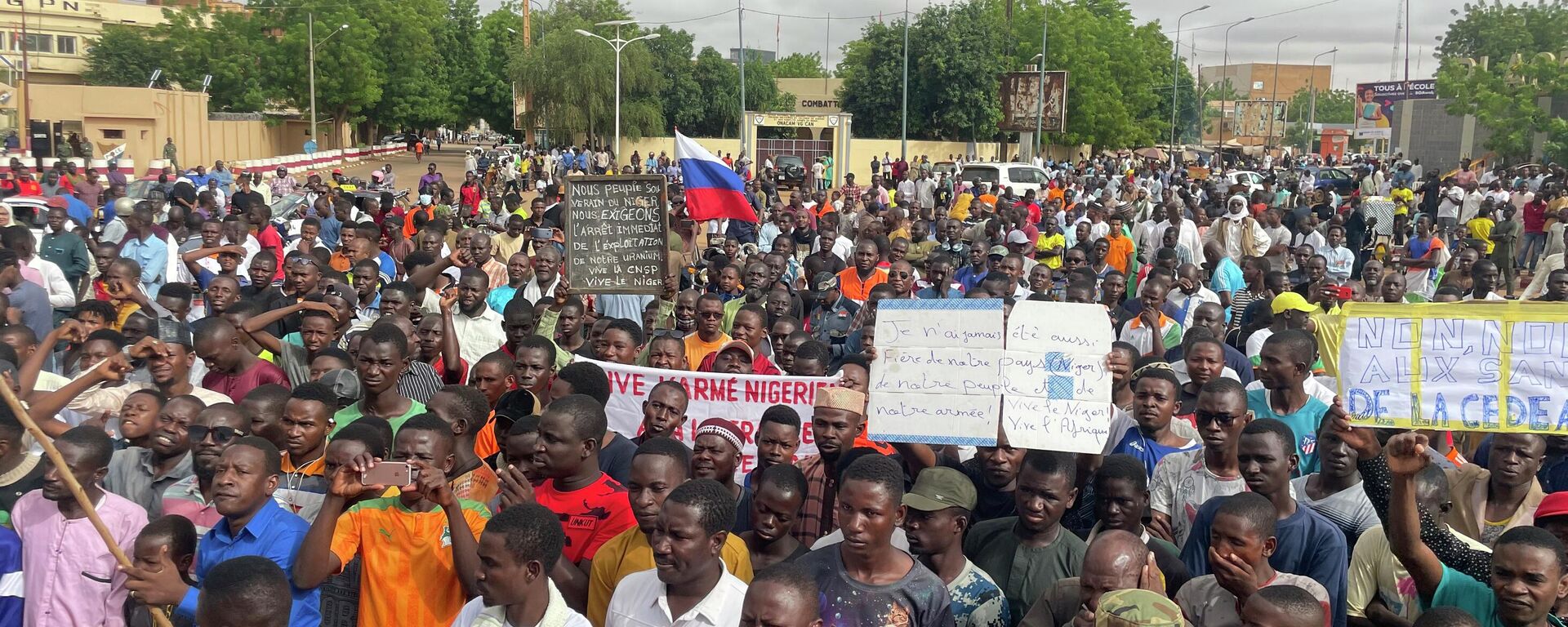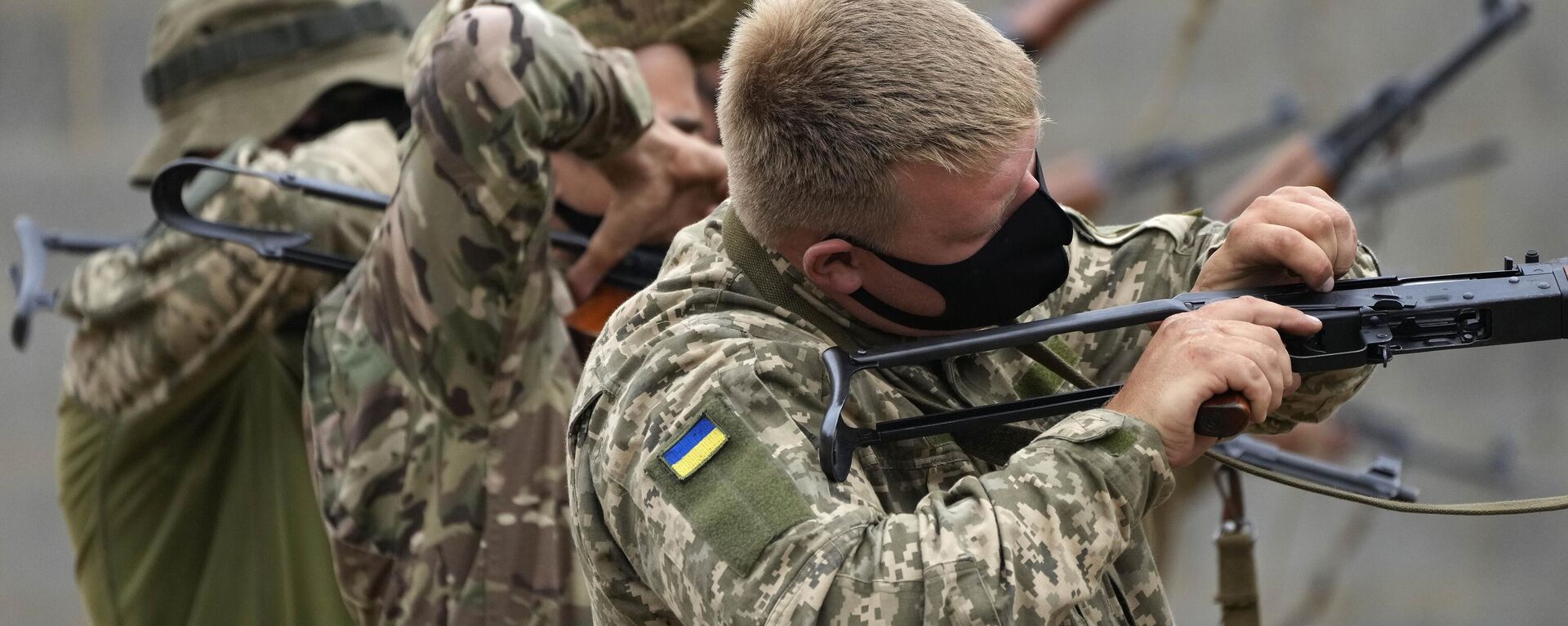VDV for Export: What Russia Has to Gain by Helping Other Countries Build Powerful Airborne Forces
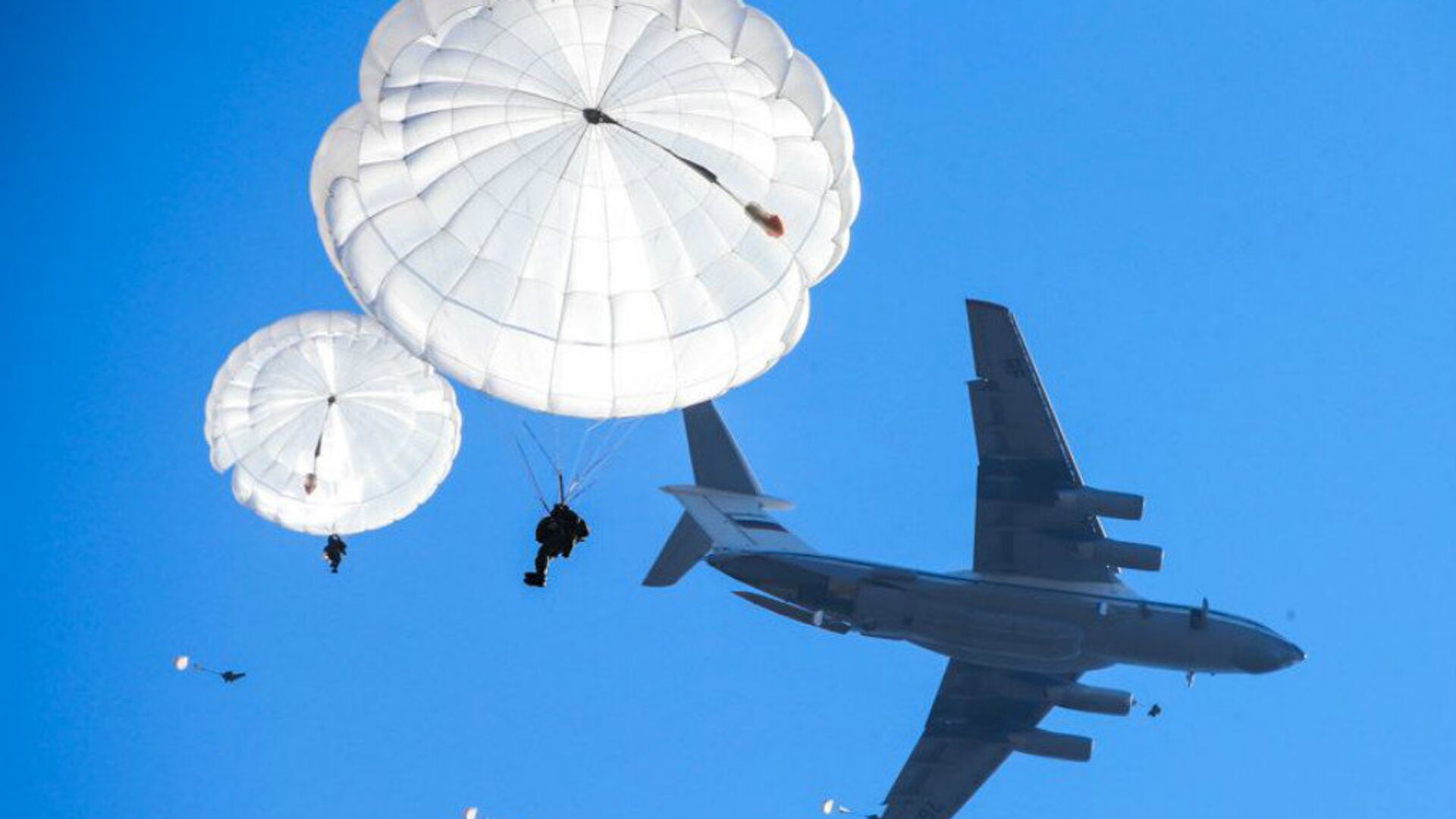
© Photo : RDM
Subscribe
Rosoboronexport, the Russian state intermediary agency responsible for the export of defense-related equipment and services, has offered friendly countries help with the creation of powerful airborne forces. Who’s eligible? What services will Russia provide? What can Russia get out of it? Sputnik asked veteran military journalist Alexei Borzenko.
Rosoboronexport is offering foreign countries “its services in organizing and fully equipping airborne units.”
“The company is ready to assist in forming an organizational structure of airborne units, establishing the necessary ground infrastructure, equipping the units with all types of military equipment and weapons and training military personnel,” the agency said in a press release this week.
“Rosoboronexport’s efforts will result in the emergence of a fully operational branch of the foreign customer’s armed forces,” the agency promises.
“The experience of modern military, counter-terror and peacekeeping operations suggests that airborne units are the most trained tactical formations [able] to rapidly achieve the goals behind enemy lines and on the forward edge of the battle area,” Rosoboronexport director general Alexander Mikheev was quoted as saying. “They can successfully conduct raids to defeat the enemy, capture and hold territories and critical facilities.”
Mikheev clarified that Rosoboronexport’s offer applies to “friendly countries,” and that he sees “great potential for its offer in the Asia-Pacific region, the Middle East and Africa.”
Rosoboronexport’s press release went on to list some of the “state-of-the-art military equipment” Russian defense companies have on offer for airborne formations, including:
the BMD-4M airborne assault vehicle
the unique air-droppable 2S25 125 mm Sprut anti-tank gun (sporting the same main cannon ordinarily reserves for main battle tanks, like the T-90MS)
the BTR-MDM armored personnel carrier
the Typhoon-K mine-resistance ambush protected vehicle
the MTR technical reconnaissance vehicle
an array of parachutes, including the Dalnolet, Tandem-400, Arbalet-2, Berkut-2 and Stayer-2, the D-6 and D-10 assault chutes, the APSDG-250 automated parachute system, and the heavy MK-350-12/12M and PBS series chutes – which can handle assault vehicles weighting up to 20 tons
to carry all this equipment, Rosoboronexport is offering Russia’s Il-76 strategic airlifter – specifically its modernized, missile defense system-equipped export variant – the Il-76MD-90A(E), which can carry up to 126 fully-equipped paratroopers, three BMD-4M or BTR-MDM vehicles or two Spruts, and is rugged enough to take off and land on unprepared and unpaved airfields.

BMD-4 landing troops combat vehicles during a military machine demonstration at the Alabino training ground held as part of the international military-technical forum ARMY-2016.
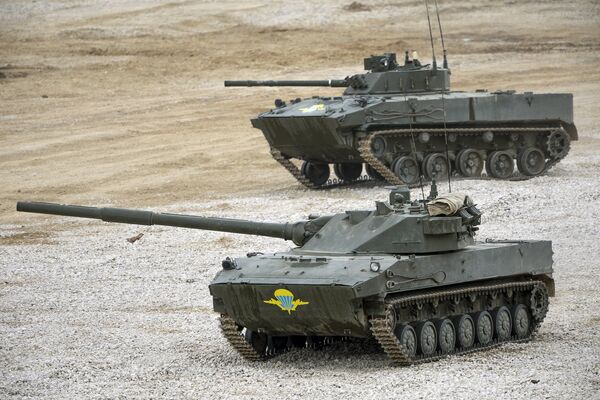
A self-propelled cannon with a Sprut-SD anti-tank gun on display at the ARMY 2015 International Military-Technical Forum held outside Moscow.
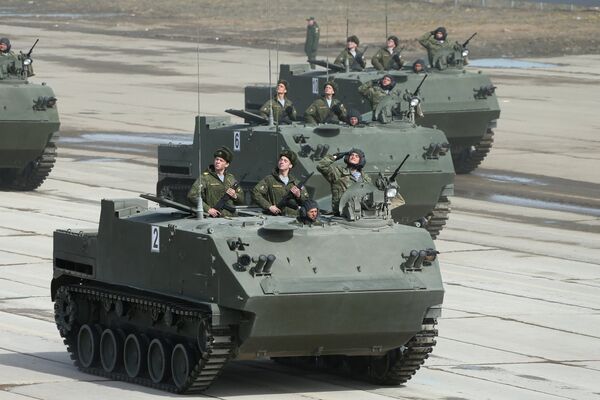
A BTR-MDM Rakushka armored personnel carrier during the rehearsal of the Victory Day Parade in the Moscow Region.
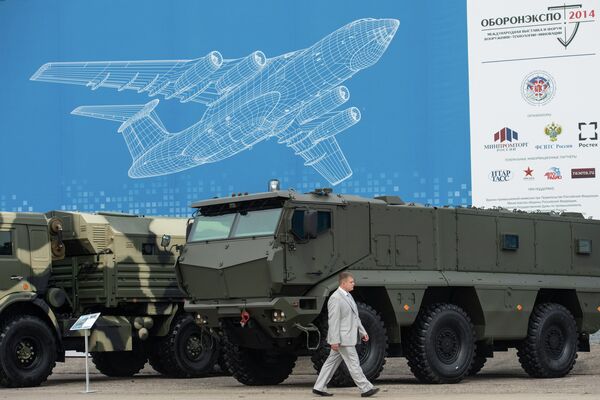
The KAMAZ-63968 Typhoon armoured vehicle increased security presented at the exhibition Oboronexpo-2014 held as part of the 3rd International Forum "Engineering Technologies 2014" in Zhukovsky, Moscow Region.
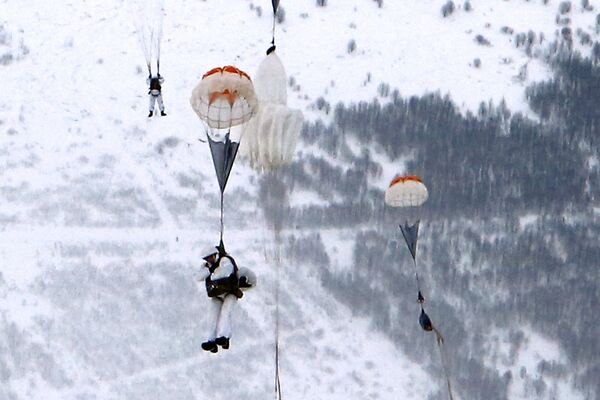
Conscripts of the Russian Airborne Force's Ivanovo formation perform their first parachute jumps from Severny (Northern) airfield.
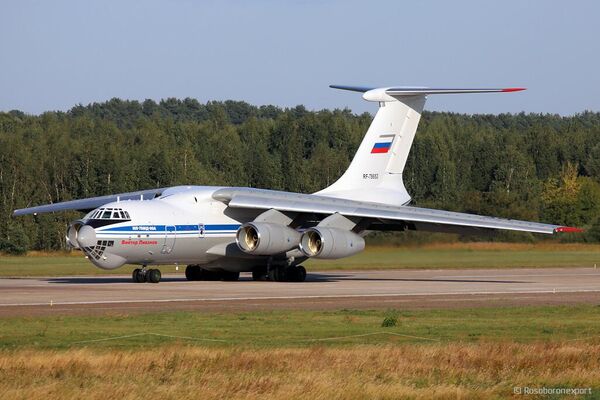
6/6
© Photo : Rosoboronexport
Ilyushin Il-76MD-90A at an airfield. The aircraft is the latest modernization of the workhorse Il-76 strategic airlifter.
BMD-4 landing troops combat vehicles during a military machine demonstration at the Alabino training ground held as part of the international military-technical forum ARMY-2016.
A self-propelled cannon with a Sprut-SD anti-tank gun on display at the ARMY 2015 International Military-Technical Forum held outside Moscow.
A BTR-MDM Rakushka armored personnel carrier during the rehearsal of the Victory Day Parade in the Moscow Region.
The KAMAZ-63968 Typhoon armoured vehicle increased security presented at the exhibition Oboronexpo-2014 held as part of the 3rd International Forum "Engineering Technologies 2014" in Zhukovsky, Moscow Region.
Conscripts of the Russian Airborne Force's Ivanovo formation perform their first parachute jumps from Severny (Northern) airfield.
6/6
© Photo : Rosoboronexport
Ilyushin Il-76MD-90A at an airfield. The aircraft is the latest modernization of the workhorse Il-76 strategic airlifter.
The agency says it’s ready to provide partner countries training, including classroom and practical instruction, dynamic crew, gunnery and driving simulators. The Russian military’s “experienced instructors will train future paratroopers in the basics of airborne warfare tactics, actions in combat situations, equipment and weapon operation [training], taking into account the realities of modern military conflicts, including the use of unmanned reconnaissance and strike systems,” Rosoboronexport promises.
Experienced Warriors
Russia’s paratrooper units have long been considered among the best trained and most experienced soldiers in the Russian military, with airborne units – known as the VDV – Russian acronym for ‘Air Assault Forces’, playing a central role in an array of 20th century conflicts, the Chechen wars, the 2008 conflict with Georgia, and from 2022 on, the crisis in Ukraine, where they mounted a series of successful operations to capture airports, airfields and other strategic positions near Kiev. Since then, the VDV has deployed on the ground alongside the regular Russian Army, often fighting in the most difficult and dangerous areas of the front.
“It must be said that the airborne forces have always been considered the elite of armies around the world, the most trained and best units,” journalist, author and documentary filmmaker Aleksei Borzenko, a veteran correspondent in military hotspots, including Chechnya and the NATO bombing of Yugoslavia, told Sputnik.
“Let’s remember why people came to train with us in Soviet times. Firstly, it was because of the experience of the Great Patriotic War, which resulted in a very significant boost to military science in our country. The Airborne Forces, both then and today, were considered the elite,” as expressed at by their “Nobody, but us!” motto, the observer noted.
“The airborne troops were created by [legendary Red Army General] Vasily Margelov, and their creation saw some very unusual technical solutions, including the dropping of airborne combat vehicles with troops onboard and immediately entering the battle upon landing,” Borzenko recalled.
The USSR amassed “extensive experience” training military personnel from friendly countries in its academies, the journalist recalled, pointing out that tens of thousands of officers from over 50 countries came to the Soviet Union for such training. The countries that can send troops for training today are pretty much the same as they were back then, Borzenko said, excepting the countries of the socialist camp in Eastern Europe, which dissolved.
“Who can send trainees today? Well, firstly, the countries of Africa – the former French colonies which have now freed themselves from units of the French Foreign Legion and begun a path of independent development without French pressure. These countries will now try to create their own armies, and most likely will send their officers to train with us,” the observer said.
Other potentially interested parties may include countries in the Middle East, such as Syria and Egypt, as well as in Asia and Latin America, Borzenko believes.
“It must be said that any military training (and the United States also conducts such training for its friendly armies), results in countries starting to buy weapons. This is how Soviet weapons were sold during the Soviet period. And the same interest is now being shown for Russian weapons,” Borzenko said, adding that the special military operation in Ukraine has been a source of considerable attention by foreign militaries, who have carefully monitored and studied the conflict and “tried to adjust their own armies in connection with the events that are taking place there.”
Foreign units sent to Russia will be trained on Russia’s training grounds, and in the case of the airborne troops, at the Ryazan Guards Higher Airborne Command School, and possibly in Pskov with the 76th Guards Air Assault Division, the analyst says.
Theory and Practice
They will receive “both theory and practice” using Russian weapons, Borzenko said, with training building on the Soviet experience, plus new developments based on advances in weapons tech. The observer doesn’t rule out Russian trainers giving visiting lectures abroad as well.
“Naturally, such training will contribute to the formation of a grouping, to one degree or another, of friendly countries that are well disposed toward us. We are not talking here about military blocs, but about cooperation, about the sale of weapons and other areas in which other countries can help us themselves,” the veteran journalist and war correspondent said.
Borzenko is glad Russia is planning to return to the Soviet-era military practice of training foreign officers on a large scale, assuring that it will serve as a “mutual exchange of experience which is beneficial for us, too.”

